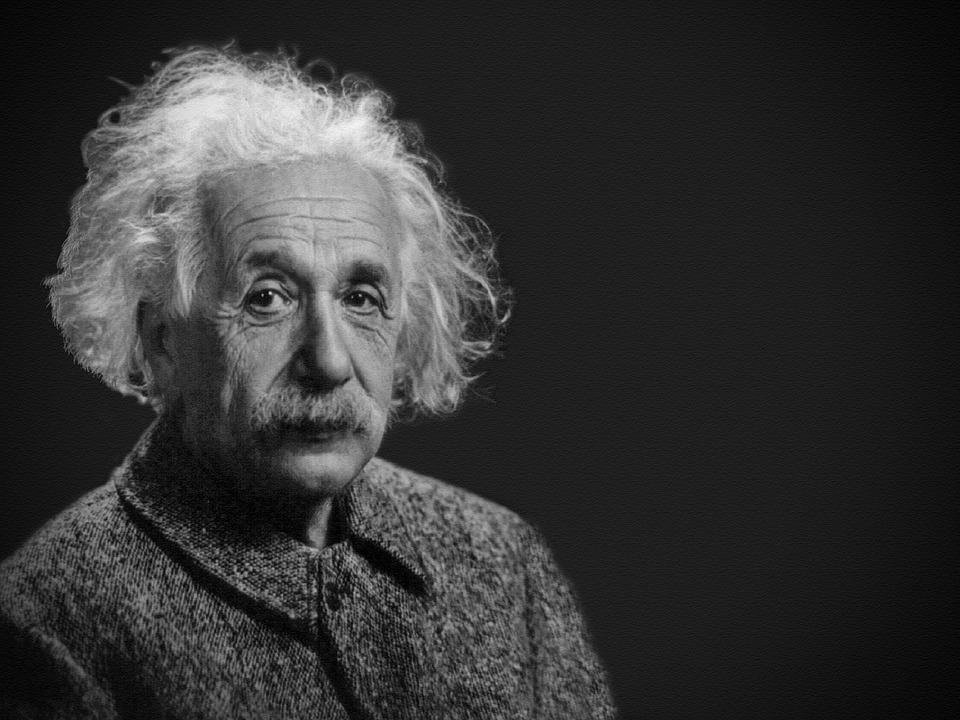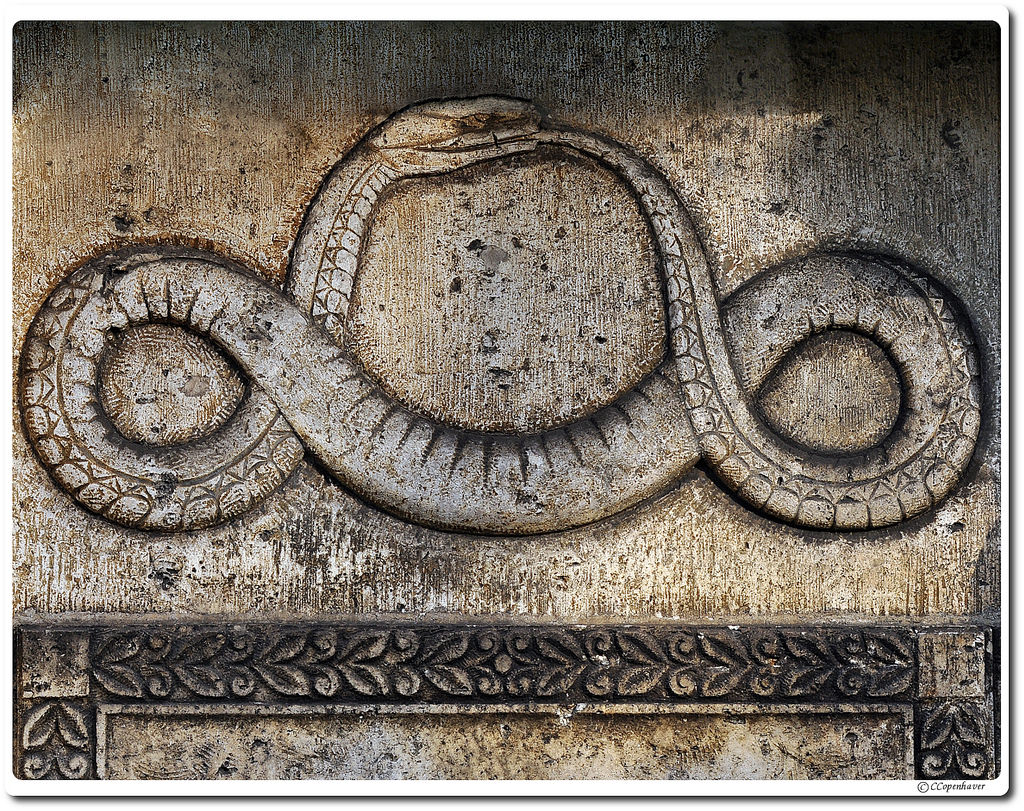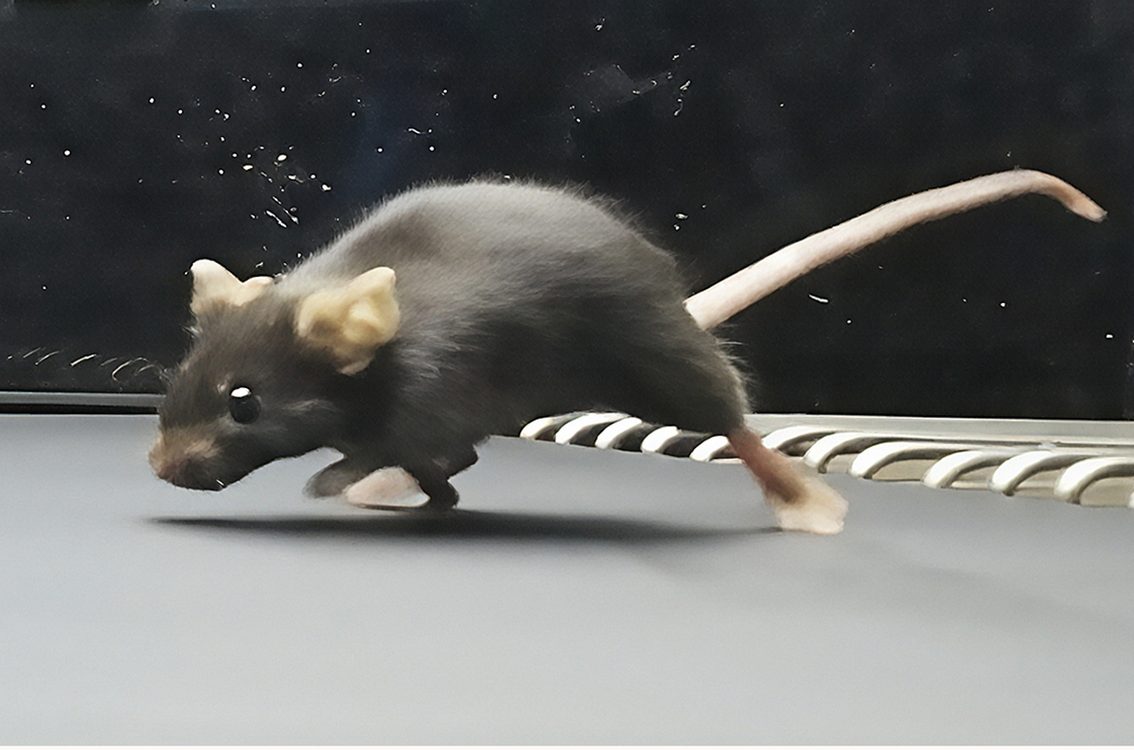According to Dr. Matthew Walker Ph.D, and Professor of Neuroscience at UC Berkeley, Albert Einstein would deliberately take naps in his office chair after reaching particularly challenging problems in his equations. In his hand was gripped a metal ball bearing, which he would dangle over the arm rest while he napped.
This would continue until he grew so relaxed that his grip on the ball bearing would fail, sending it crashing into a metal pan which he put there expressly for that purpose. Jolting awake, he would immediately grab his pen and scribble down whatever pictures and numbers were in his head; grasping at the tattered, ringing remnants of his dreams.
Einstein was “Sleeping on a Problem,” or the French translation, “Sleeping with a Problem,” (perhaps neatly presenting some inherent linguistic and cultural differences…) However both sum up a complicated neurological phenomenon that is as mysterious as it is fascinating.
Sleep can be observed in nearly every species of animal on earth – an amazing thing considering that when asleep, animals can’t find food or water, they can’t reproduce or find a mate, and they’re totally vulnerable to predators. Even still, natural selection carried this seemingly absurd behavior all the way to homo sapiens.
If one is trying to find the reason behind the strong biological selection for sleep, one merely has to look at the body of sleep research and take note of how many vitally important processes go on while we are sleeping, and how much damage we do to ourselves if we neglect it.
Creativity is the ability to generate experimental association of non-associated elements
Brain-storming and brain-waving
Creativity is the ability to generate experimental association from non-associated elements that when put together try and establish something useful or a solution to a problem. It may not seem obvious as an adult human, but the objective world is an extremely complicated place, and a bit of creativity can go a long way in ensuring an organism’s survival.
While it has been hypothesized for some time that sleep induces greater bouts of creative furor, the mechanism behind such affect has not yet been identified. However multiple studies have demonstrated that creative power can be boosted from sleep in a variety of different experiments, some of which can be replicated in one’s own bedroom.
In a study done in 2012, Dutch researchers at Rabound University were able to clearly demonstrate that, remarkably, participant’s creative solutions to a problem they were told they had to solve upon waking up after a full night’s sleep, scored far higher on established creativity metrics after they were exposed to a vanilla-orange fragrance while they slept. This fragrance was also misted throughout the testing room before bedtime while they learned all the parameters of the problem they would encounter when they awoke the next morning.
In some bizarre way, the association between the fragrance and the problem was strong enough that even while sleeping, the participant’s brains were able to detect and act on it. Another two groups were given a tonic water fragrance and no fragrance at all while they slept, and their scores were markedly less-impressive.
REM sleep states contribute more to our creative capacity then non REM sleep and wakefulness.
Taking things and smashing them into other things
Looking at the definition of creativity again (the association of non-associated things manipulated together in an experimental way) one can see a comparison between it and the observations we have during certain stages of sleep.
Dreams fit somewhere in this description as well, since they tend to be an amalgamation of nonsensical themes organized in a way that makes it seem slightly orderly. One minute you’re stuck in a lake of frozen peanut butter surrounded by penguins, the next you’re taking an old classmate to a bar in a city you’ve never visited.
It’s been suggested that it’s this random series of unassociated collisions which gives birth to spontaneous events of creative insight – for instance the rubbing of two sticks together to create an ember. And when one thinks about it like that, it begins to make a lot more sense. If you grabbed a pen right now and wrote down 5 words associated with “WOOD” there’s a perfectly reasonable chance you’d write “FIRE,” even though the two look nothing alike and feel nothing alike. The association of wood and fire is primed through many life-experiences involving the two.
This priming effect seems to be happening in our dreams, hence why dreamscapes are so absurd in nature. Your brain is trying so put anything even remotely related together in an attempt to juxtapose a solution.
Friedrich August Kekulé divined the molecular shape of the double-carbon benzene ring from a REM sleep inspired image of a serpent swallowing its tail.
A cascade of creativity and confusion
Throughout a night of sleep the brain carries out a series of cycles consisting of different sleep states in repetition until morning. Each sleep state is characterized by different kinds of brain activity. One of these is called Rapid-Eye Movement Sleep (REM). A study published from the Salk Institute of Biological Studies details exactly how REM sleep states contribute more to our creative capacity then non REM sleep and wakefulness.
They found that when networks in the brain are primed with a problem, possible solutions that bear some association are subsequently primed during this period of sleep called REM sleep. Once the primed individual who wasn’t deprived of REM sleep woke up and received the question prompt, their answers came faster, slicker, and more accurately than those deprived of REM sleep over the same period of sleep. Common factors such as sleep duration and gender were not shown to have an effect.
There have been stories of famous minds constantly relying on sleep as a tool for memorization and creativity. It’s likely Albert Einstein’s primed brain began to fill the gaps in his equations with related subject matter while he dosed in his office. Another great scientist, Dimitri Mendeleev, reported seeing geometric patterns in his dreams that led him to the theory of periodic law and the construction of his famous table, while German chemist Friedrich August Kekulé divined the molecular shape of the double-carbon benzene ring from a REM sleep inspired image of a serpent swallowing its tail.
There’s no particular reason why the vanilla fragrance experiment or Einstein’s metal-ball-and-pan trick shouldn’t work for you, because the reality is that all of us experience REM sleep. If you’re quick enough, those rapturous, confusing, insightful thoughts could be the little nuggets of creativity you need to finally start that____ solve that_____ finish that____ or create that____.





